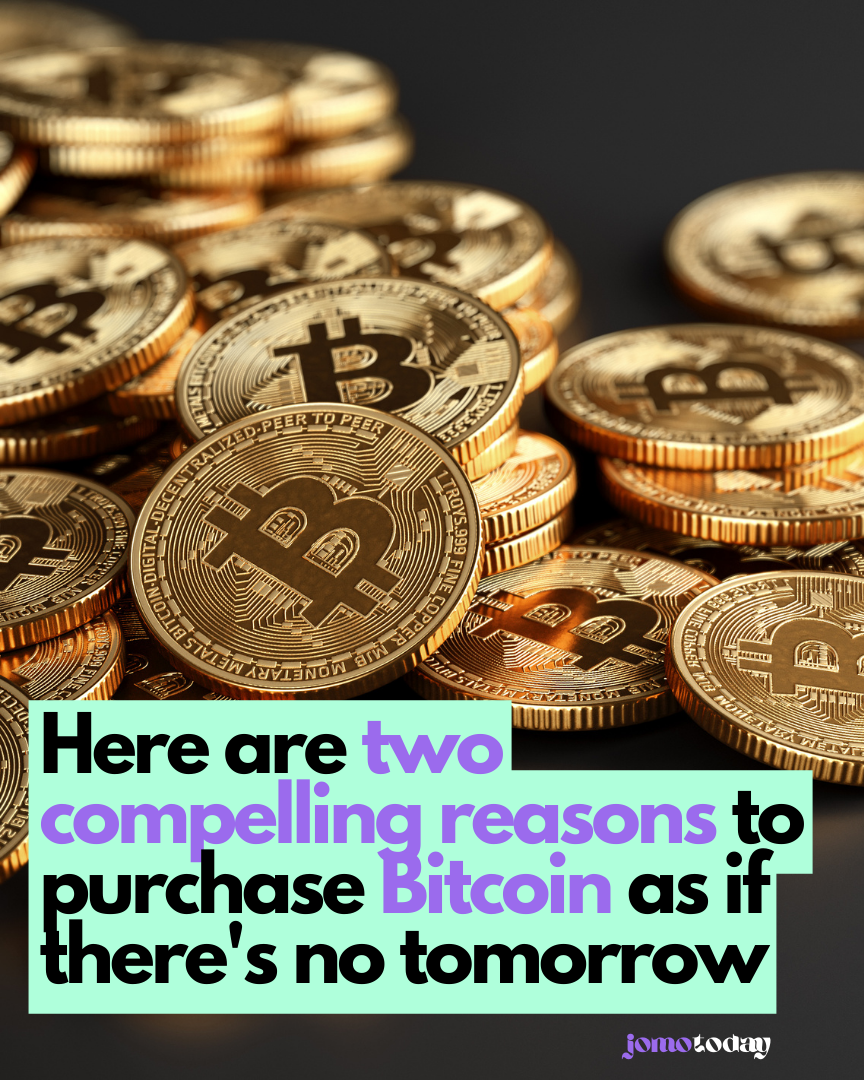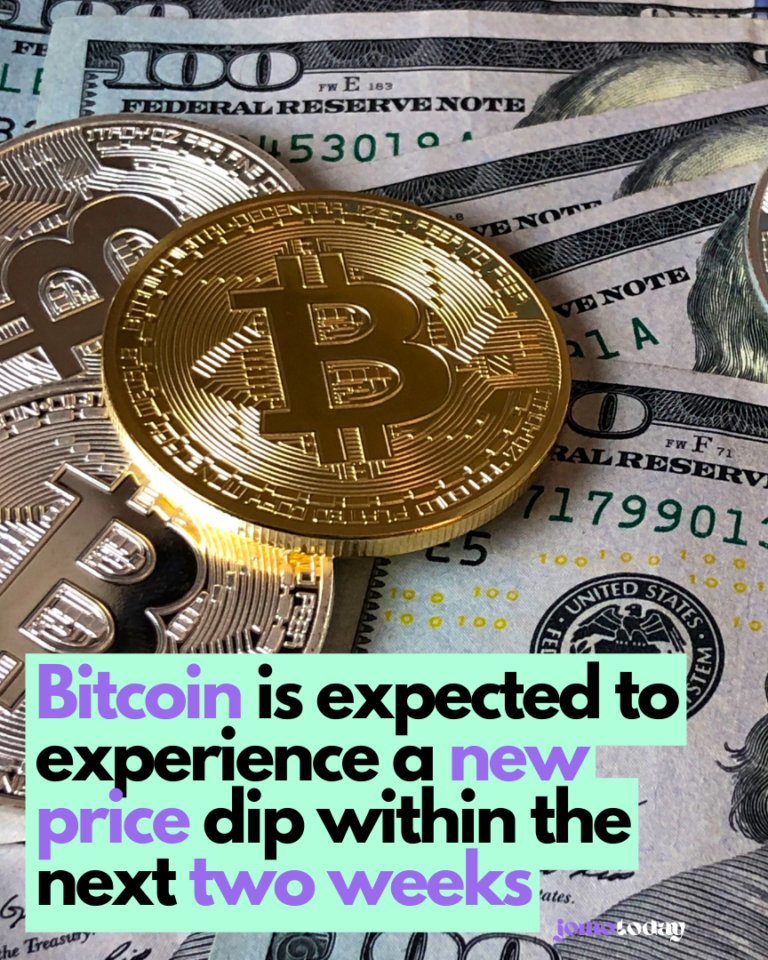Over the past two months, Bitcoin (CRYPTO: BTC) has reaffirmed its status as one of the most volatile assets globally. Following a peak of $73,750 in mid-March, Bitcoin swiftly declined, closing below $57,000 by April’s end.

At present, Bitcoin has rebounded impressively, reaching the $62,000 mark. However, uncertainties persist regarding Bitcoin’s trajectory in 2024. To address this, we’ll examine two significant factors to determine whether Bitcoin is currently overvalued or undervalued.
Bitcoin ETF inflows
The inception of new spot Bitcoin exchange-traded funds (ETFs) marks the beginning. Over the initial four months of 2024, substantial investor influx into these ETFs triggered a significant surge in Bitcoin’s value.
Spearheaded by the iShares Bitcoin Trust (NASDAQ: IBIT) and the Fidelity Wise Origin Bitcoin Fund, these fresh spot Bitcoin ETFs swiftly amassed over $30 billion in assets under management, garnering broad investor approval. At its peak, the iShares Bitcoin Trust experienced a streak of 71 consecutive days with net positive inflows.
Indeed, there has been a discernible decrease in the influx of fresh capital into these ETFs over the past month as Bitcoin’s price has shown a downward trend. However, we are now approaching what could be termed as the second phase for these ETFs. BlackRock, the issuer of the iShares Bitcoin Trust, has indicated that the forthcoming wave of ETF purchasers will encompass three significant categories of institutional investors: sovereign wealth funds, pension funds, and endowments. Collectively, this influx is poised to inject a substantial amount of new capital into Bitcoin, potentially supporting its price in the long term.
The halving
The second significant incentive to invest in Bitcoin at this moment is the halving event. Occurring on April 19, this event cuts the rewards given to Bitcoin miners in half. While this might seem insignificant at first glance, it triggers a series of effects that (a) enhance Bitcoin’s scarcity and (b) solidify its position as a disinflationary asset.
Both of these outcomes carry significant weight for investors. Boosting the perceived scarcity of any asset typically propels its price upward, and the same principle applies to Bitcoin. Furthermore, investors consistently seek out assets that are resistant to inflation. Combining both qualities in one asset should result in an exceptional long-term store of value.
Consequently, halving events historically trigger bullish sentiments for Bitcoin. Following the previous halving in May 2020, for instance, Bitcoin’s price surged dramatically. On May 11, 2020, Bitcoin was valued at $8,600 per coin. By year-end, it had soared to around $30,000. Eventually, Bitcoin reached a new all-time high of $69,000 in 2021. Given the similar patterns observed after halving events in 2012 and 2016, it’s understandable why crypto investors anticipate a comparable outcome this time.
However, this year’s halving has been somewhat anticlimactic. Occurring in mid-April, Bitcoin was trading at approximately $64,000. More than two weeks later, it remains stagnant around the $64,000 mark. Additionally, there was an unexpected dip to around $57,000 along the way. This deviation from expectations is concerning—Bitcoin halvings are typically associated with price increases, not decreases!
Don’t believe the hype?
For novice equity investors venturing into crypto, it’s crucial to recognize that Bitcoin can carry higher investment risks compared to individual stocks, mainly due to its volatility. Throughout 2024, Bitcoin’s price fluctuations of up to 10% in a single day have served as stark reminders of this reality. Notably, influential investors like Warren Buffett have openly expressed their reluctance to embrace Bitcoin.
Nevertheless, the emergence of new spot Bitcoin ETFs marks a significant turning point. These ETFs are making crypto more accessible to retail investors of all sizes while also garnering attention from major institutional players. With a steady inflow of investments into these ETFs, I see an opportunity to capitalize on Bitcoin’s potential with confidence.
Should you invest $1,000 in Bitcoin right now?
Before investing in Bitcoin, take note: The analyst team at The Motley Fool Stock Advisor has pinpointed what they deem the top 10 stocks for investors to purchase right now, and Bitcoin didn’t make the list. These chosen stocks have the potential to yield significant returns in the foreseeable future.
Read More: Bitcoin falls to $57,000 as Fed keeps rates unchanged, extending May’s slide
Disclaimer:
This content is AI-generated using IFTTT AI Content Creator. While we strive for accuracy, it’s a tool for rapid updates. We’re committed to filtering information, not reproducing or endorsing misinformation. – Jomotoday for more information visit privacy policy






Leave a Comment